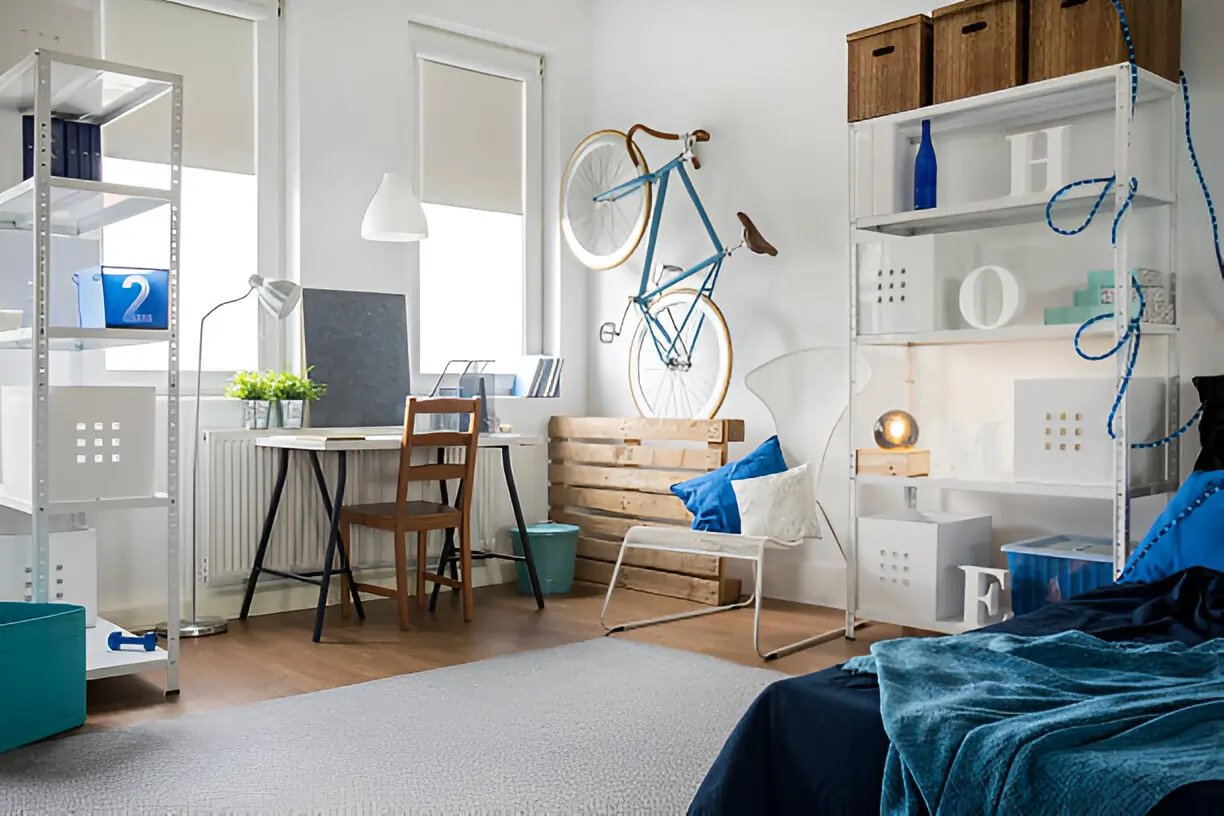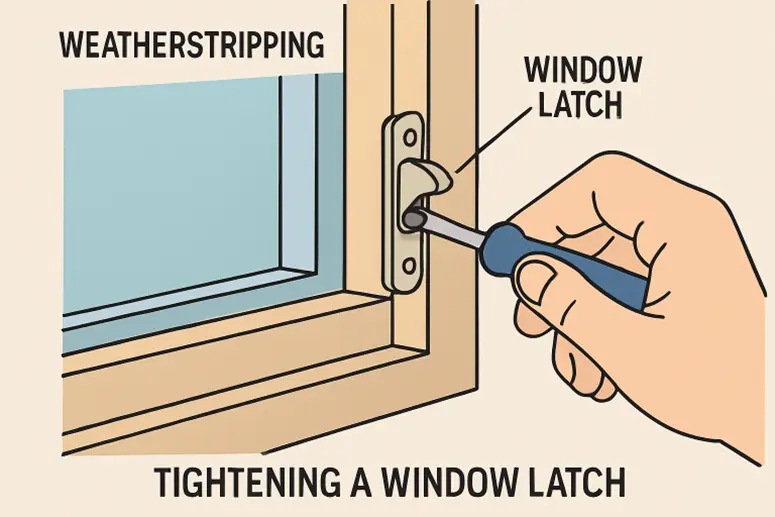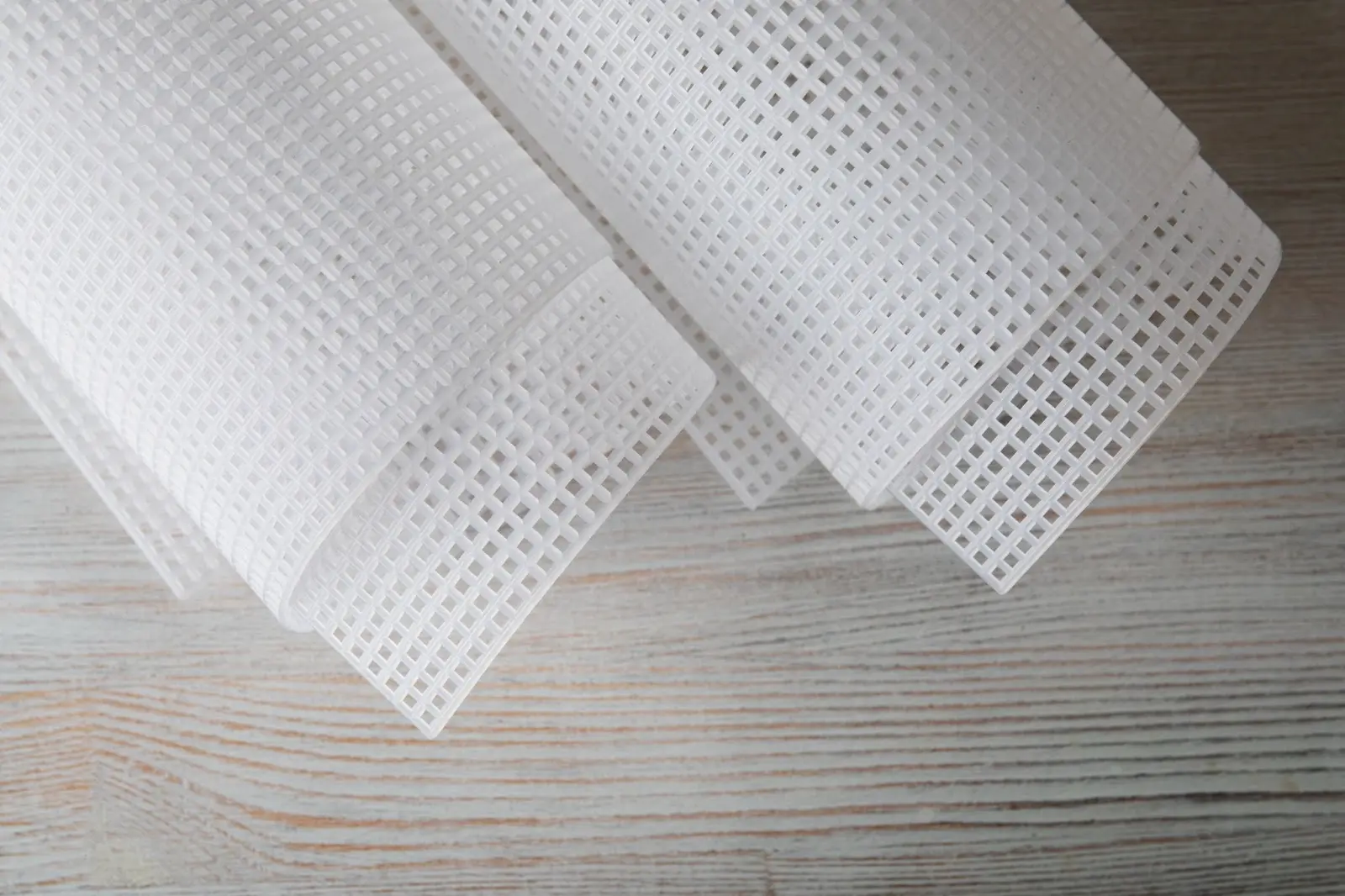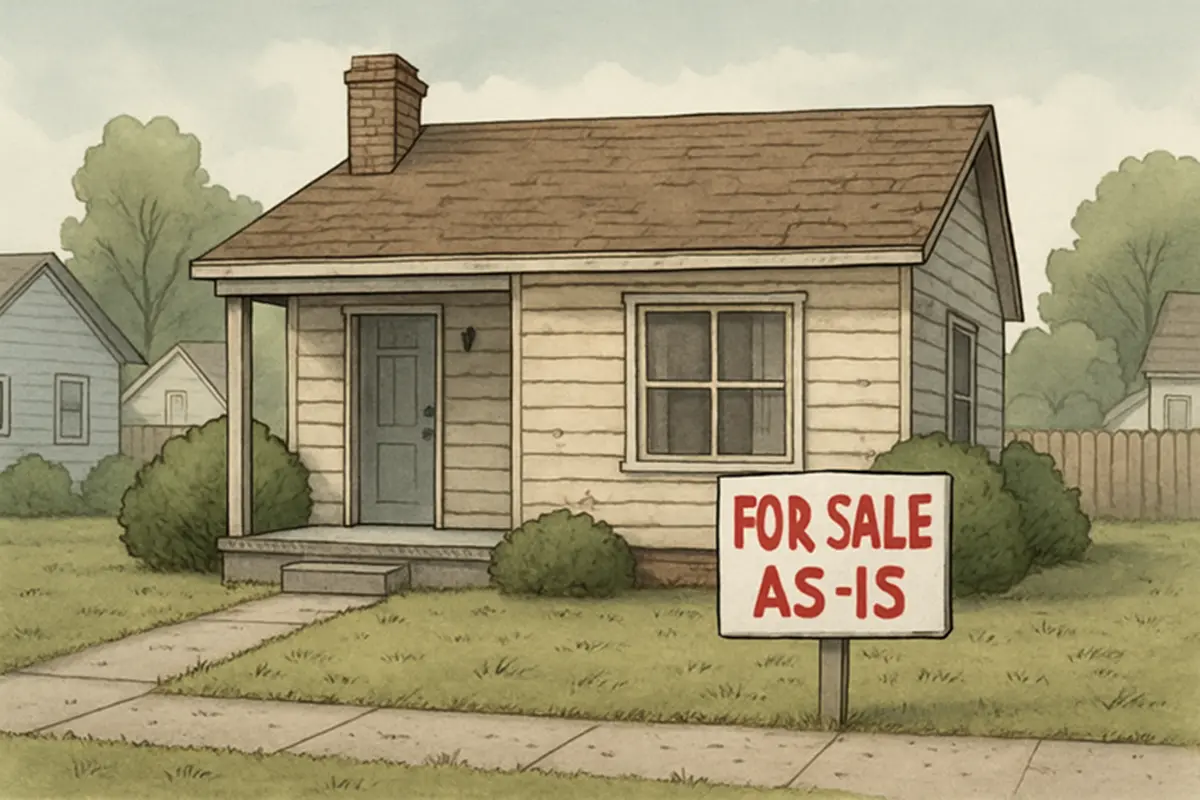Introduction to Small Space Organization on a Budget
Living in a small home or apartment requires creative thinking and practical organization skills, especially when you’re looking to avoid overspending. The good news is that well-organized spaces are more accessible than ever, regardless of budget size. By blending resourcefulness, planning, and a few innovative techniques, anyone can overcome the challenges of clutter or cramped quarters. For those looking to enhance their storage with new solutions without full-price shopping, an IKEA promo code can stretch your dollars further on essential items and clever space-saving finds.
Organizing small spaces successfully is less about the square footage itself and more about maximizing every nook and cranny. Careful curation, strategic shopping, and a willingness to experiment with layouts can help transform even the most modest room into a tidy, functional retreat. No matter your style or budget, making small spaces more livable, comforting, and efficient is possible.
Assessing Needs and Creating a Plan
Every successful organization project starts with a clear-eyed assessment of needs and an honest inventory of what items deserve a spot in your home. Break down each room and ask: Which items are used daily? Are there duplicate or unnecessary pieces taking up valuable space? According to expert decluttering guides, starting with a thorough purge is key before investing in any new storage solutions.
Once you’ve eliminated extras, sketch a rough layout of each room, noting where clutter typically accumulates. Look for overlooked areas—under beds, atop cabinets, behind doors. The goal is to assign every belonging a logical home, helping you keep things tidy for the long term. Prioritize solving daily pain points, like messy entryways, overhauling closets, or making room for a home office within a living area.
Choosing Multifunctional and Space-Saving Furniture
The right furniture makes a world of difference when working with limited square footage. Opt for pieces offering built-in storage or dual purposes, such as ottomans with inner compartments, sofa beds, or wall-mounted folding desks. Many modern furniture brands focus on these modular or convertible features, allowing one item to serve several daily needs. For those decorating on a budget, focusing on versatility lets you buy fewer pieces while getting more utility from each one.
Multifunctional furniture also helps reduce visual clutter—a crucial factor in making small spaces feel larger and less crowded. Favor simple, low-profile designs that don’t overwhelm the room’s proportions, and use light colors or transparent materials to help furniture recede into the background rather than dominate the space.
Utilizing Vertical Space for Maximum Efficiency
While floor space is often tight, walls and corners offer valuable real estate that’s often underused. Installing open shelves above desks, sinks, or between upper cabinets and ceilings creates new zones for baskets or everyday must-haves. Once exclusive to workshops, Pegboards now double as stylish yet practical kitchen backsplashes or craft storage.
Hooks, magnetic strips, and rail systems keep everything from kitchen cookware to bedroom accessories easy to access. If closet space is lacking, consider vertical garment racks or high-mounted shelves in the bathroom for extra towels and toiletries. According to organization experts, vertical storage is one of the fastest ways to make tiny spaces feel less cluttered and more manageable.
Budget-Friendly DIY Storage Solutions
DIY storage ideas are a top choice for those who want to personalize their organization systems while saving money. Simple crates can be repurposed as stackable shelves or attached to the wall to form floating cubbies. Hanging organizers, fashioned from fabric or recycled materials, can corral everything from shoes to bathroom products behind doors. Consider building your own rolling cart for pantry goods or cleaning supplies using inexpensive materials and basic tools. These projects are cost-effective and adaptable as you discover what works best in your space.
Adding a coat of paint or lining bins with decorative contact paper can elevate the look of handmade storage, ensuring it blends seamlessly with your overall design aesthetic. DIY also offers flexibility—if a solution isn’t perfect, it can often be reworked or upgraded with minimal investment.
Making the Most of Thrift Stores and Online Marketplaces
Decorating and organizing on a budget often means thinking beyond the retail store. Thrift shops and online platforms can yield high-quality cabinets, bookshelves, or baskets for a fraction of their original price. With a little patience and an eye for hidden gems, you can find unique storage solutions that add personality and story to your home. Refurbishing pre-owned pieces—adding new paint, hardware, or upholstery—can further tailor items to fit your space.
Mixing secondhand furniture with new, budget-friendly purchases creates a high-end, one-of-a-kind look while controlling costs. It also allows you to swap out pieces more frequently as your needs change or trends inspire new layouts.
Maintaining an Organization Long-Term
Initial organization is only half the battle—tidying a small space requires ongoing habits and periodic reevaluation. Scheduling regular decluttering sessions, even if just seasonally, helps prevent the slow buildup of belongings that can overwhelm small rooms. Take time to return items to their designated places daily, and don’t be afraid to let go of items that no longer serve you.
Keep storage solutions flexible; use baskets and bins instead of fixed dividers, and prioritize easy-access storage for items you use daily. If you discover a particular system isn’t working, tweak it until the organization feels effortless rather than forced. A good organization evolves as your lifestyle and space needs change.
Balancing Style with Functionality
Professional-level organization in small spaces is about more than hiding clutter—it’s about designing a home that reflects your personality while remaining highly functional. Favor a streamlined, minimal approach that steers clear of overcrowding. Select a cohesive color palette or a few signature textures to give the space a united, calming look, even when storage is visible. Decorative baskets, stylish hooks, and statement wall shelves can all contribute to a homey yet orderly feel.
Ultimately, the key to small space organization on a budget is embracing flexibility, creativity, and a willingness to experiment with different systems. As needs shift or new inspiration strikes, you’ll be able to adapt quickly while keeping your home efficient, comfortable, and a joy to live in.
Read more: Empowerment Through Discretion: A New Approach to Personal Preparedness – Reptile Guided
How to Plan an Early Morning Fishing Charter with a Boat Rental?
Tips for Using the Best Proposal Management Software Programs





